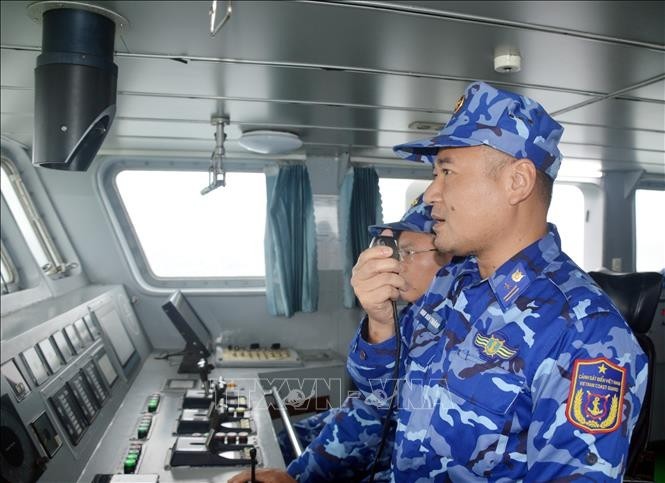Truong Sa (Spratly) 1988 - Dossier on Historical Incident: Diplomacy and Reality
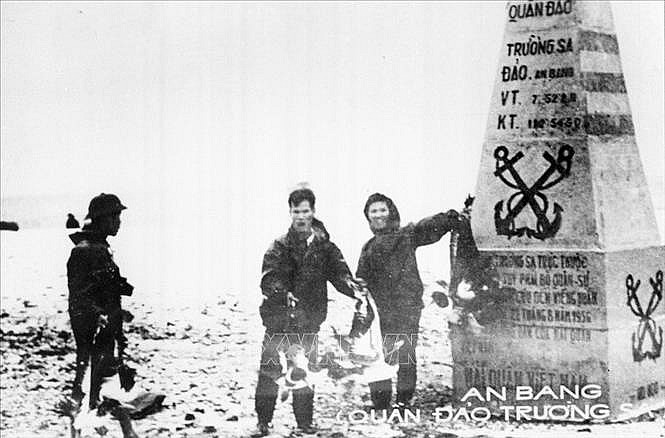 |
| Vietnam's People navy soldiers took over An Bang island in Truong Sa archipelago, April 28, 1975. Photo: VNA |
Truong Sa is an archipelago with a heated histroy. In China, the media campaigns boast about the sovereignty of "Xisha" and "Nansha," as they mistakenly believe it is under Chinese control.
For Vietnam, the region has always been apart of the nation. Since the Nguyen Dynasty, the Truong Sa islands have been vital for Vietnamese trade and protecting Vietnamese vessels at sea.
Historical documents shows "the true nature"
In response to China's groundless media in 1979, the Ministry of Foreign Affairs of the Socialist Republic of Vietnam issued a document on Vietnam's sovereignty over the Hoang Sa (Paracel) and Truong Sa (Spratly) archipelagoes.
| The document clearly states: "The State of Vietnam was the first state in history to exercise its sovereignty over the two archipelagos of Hoang Sa (Paracel) and Truong Sa (Spratly) since they were ownerless pieces of land. Since then, Vietnam has continuously exercised its sovereignty over the Hoang Sa and Truong Sa archipelagoes. |
In January 1982, the Ministry of Foreign Affairs of Vietnam continued to publish the White Paper on Hoang Sa (Paracel) and Truong Sa (Spratly) archipelagoes-Vietnamese territory, supplementing research documents of historical and legal scientific value.
In March 1982, Truth National Political Publishing House published the book "The Hoang Sa and Truong Sa Archipelagoes-Part Of Vietnam's Territory". The book introduces general features of geography, landscape, natural resources of Hoang Sa (Paracel) archipelago and historical evidences (domestic and Western documents). It also emphasizes the period 1954 - 1975 when the Hoang Sa archipelago was under the direct management of the government of the Republic of Vietnam.
The book "The Hoang Sa and Truong Sa Archipelagoes-Part Of Vietnam's Territory" quotes the statements of the government of the Republic of Vietnam refuting the claims of the Chinese government, when it invaded the entire Hoang Sa (Paracel) Islands in January 1974.
The book calls out China's illegal encroachment on Vietnamese soil: “After the South was liberated, Beijing's plot to annex Vietnam was revealed. The Provisional Revolutionary Government of the Republic of South Vietnam has repeatedly affirmed Vietnam's sovereignty over the Hoang Sa (Paracel) and Truong Sa (Spratly) archipelagos" (p.22, 23).
It also reaffirms the process of China's territorial expansion: "It should also be said that, during the period when Vietnam was temporarily divided into two regions, China took advantage of that situation to encroach on the territory of Vietnam, and annex part of Vietnam's territory. Since 1956, Beijing has sent troops to occupy Phu Lam (Woody) Island and then expand to the eastern islands in the Hoang Sa (Paracel). This action by Beijing is not only an act of aggression but also a betrayal of the Vietnamese people, whom they often call "friends and brothers" (p. 27, 28).
In 1984, on the 10th anniversary of China's illegal occupation of the Hoang Sa (Paracel) Islands of Vietnam (1974-1984), the Ministry of Foreign Affairs of Vietnam and the Social Science Publishing House cooperated in re-publishing the White Paper.
This time, the White Paper has been supplemented with historical documents proving Vietnam's legal sovereignty over Hoang Sa and Truong Sa.
Vietnamese scholars also reprinted two maps of the Qing Dynasty (which the Chinese Ministry of Foreign Affairs published on January 30, 1980). This proves how the Qing Dynasty map was "distorted" by the Chinese government to show the ambition to monopolize "Xisha" and "Nansha". Vietnam's sovereignty over the Truong Sa (Spratlys) and Hoang Sa (Paracels) is not only diplomatic, in history books or media, but is also consistent in practice.
Consistent in practice
In April 1975, the Liberation Army of South Vietnam took over the islands from the army of the Republic of Vietnam. They deployed forces to protect the islands and other positions in the Truong Sa (Spratly) archipelago.
After reunifying the country in 1975, the Socialist Republic of Vietnam continued to manage and protect Vietnam's sovereignty over the Truong Sa (Spratly) and Hoang Sa (Paracel) Islands by many activities.
This ensures complete and correct procedures in terms of legal battle. It also ensures the consolidation and maintenance of the military and civilian presence on the geographical features, currently under the control of the Vietnamese state.
In 1982, to strengthen enforcement and affirm Vietnam's sovereignty over the Hoang Sa (Paracel) archipelago, on December 9, 1982, the Council of Ministers (now the Government) issued Decision No. 194-HDBT.
This decision is about the establishment of Hoang Sa district in Quang Nam-Da Nang province, stating: "Establishing Hoang Sa district in Quang Nam-Da Nang province, including the entire Hoang Sa archipelago formerly belonging to Hoa Vang district, Quang Nam-Da Nang province".
For the first time in the history of administrative management of the Hoang Sa (Paracel) archipelago, the Council of Ministers of the Socialist Republic of Vietnam established a new management model: Hoang Sa (Paracel) archipelago changed to district level - "Hoang Sa district of Quang Nam-Da Nang province".
Also in 1982, Vietnam established Truong Sa (Spratly) district in Khanh Hoa province. Truong Sa district consists of 3 commune-level administrative units: Truong Sa town (including large Truong Sa island and its vicinity), Song Tu commune (Song Tu Tay island and its vicinity) and Sinh Ton commune (Sinh Ton island and its vicinity). (to be continued)
(Excerpt: Truong Sa 1988 - Dossier on Historical Incident, author Vo Ha, Phanbook & Da Nang Publishing House, 2021)
Vietnamese source: https://thanhnien.vn/truong-sa-1988-ho-so-mot-su-kien-lich-su-tren-ban-ngoai-giao-va-thuc-dia-post1437422.html
| On Bien Dong Sea disputes, Vietnam has repeatedly affirmed its consistent and clear view that it always opposes and does not accept any claim inconsistent with international laws, including UNCLOS, Foreign Ministry Spokeswoman Le Thi Thu Hang said. "Vietnam once again asks relevant parties to respect Vietnam's sovereignty, sovereign rights and jurisdiction in the Bien Dong Sea, respect legal and diplomatic processes, implement active and substantive contributions to maintaining peace, stability, security, safety, freedom of maritime and aviation, the integrity of UNCLOS and rules-based order," Hang said. |
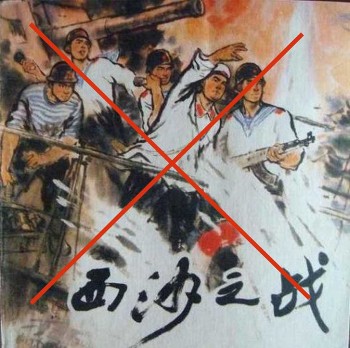 | Truong Sa (Spratly) 1988 - Dossier on Historical Incident After nearly 35 years, the story of Gac Ma (Johnson) in 1988 has not been fully told. The book 'Truong Sa 1988 - A Dossier ... |
 | An Emotional Visit of Overseas Vietnamese to Truong Sa (Spratly) During the talk show "Overseas with the sea and islands", journalist Etcetera Nguyen said, the trip to Truong Sa (Spratly) marked a turning point in ... |
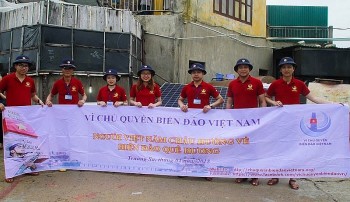 | Special Trip to Truong Sa (Spratly) by Overseas Vietnamese The Covid-19 pandemic has temporarily halted visits to Truong Sa (Spratly) islands by overseas Vietnamese. However, the memories of trips there are still alive in ... |
Recommended
 Focus
Focus
Vietnam Leaves Imprints on the World Peacekeeping Map
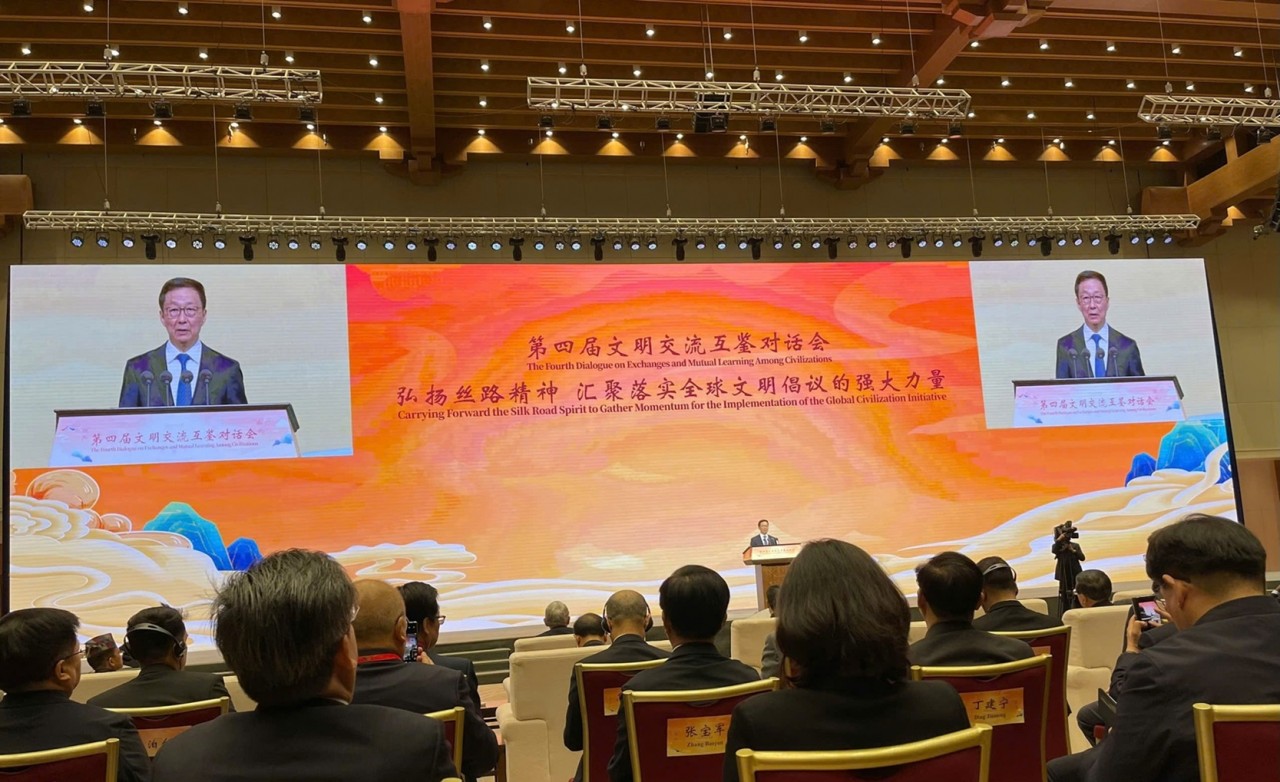 Friendship
Friendship
VUFO Attends Fourth Dialogue on Exchange and Mutual Learning among Civilizations
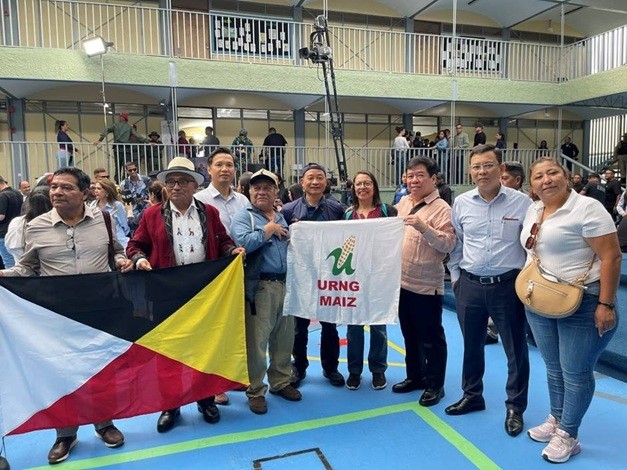 Focus
Focus
Strengthen Solidarity and Friendship Between Vietnam and Venezuela
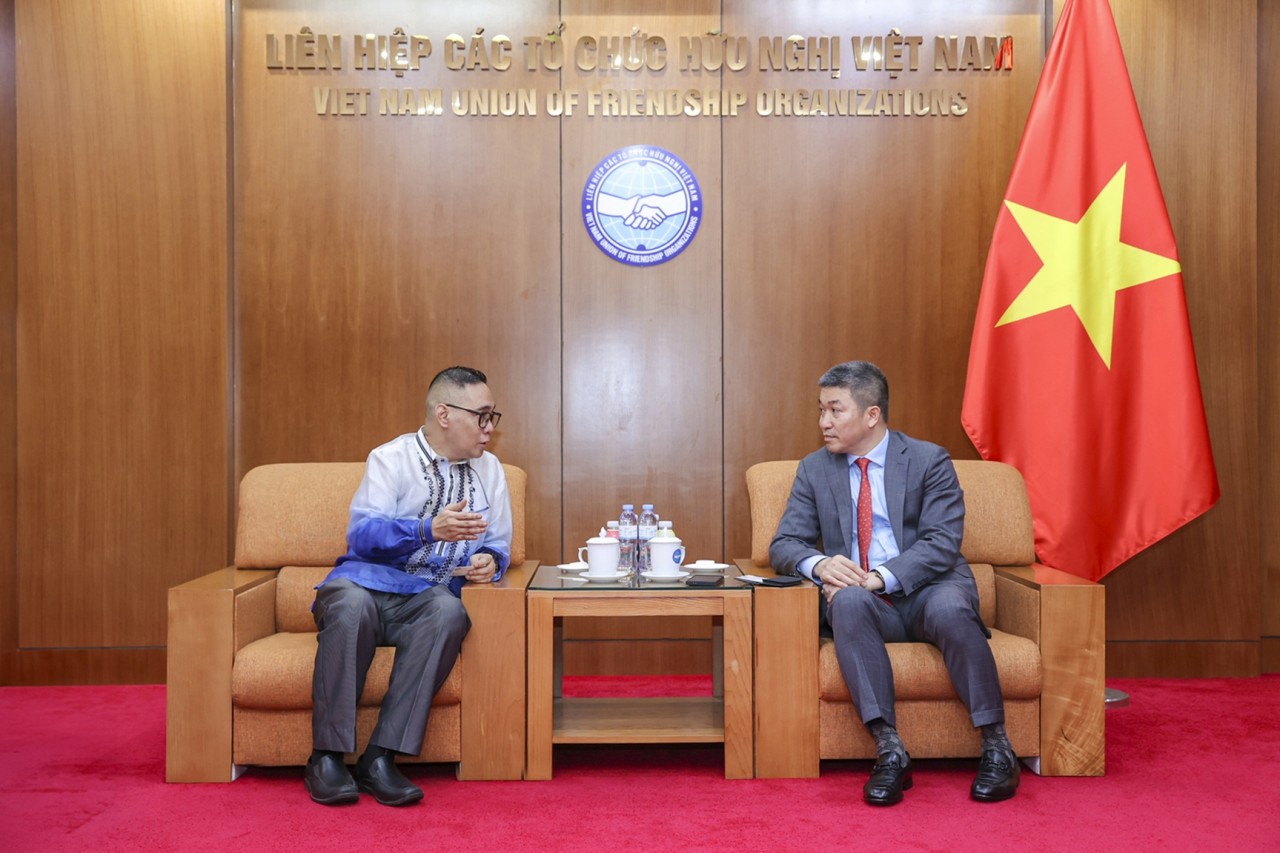 Friendship
Friendship
VUFO Supports Initiatives to Enhance People-to-people Exchanges between Vietnam and the Philippines
 Focus
Focus
"Vietnamese - Cuban Children, Deep Friendship" Painting Contest Announces Winners
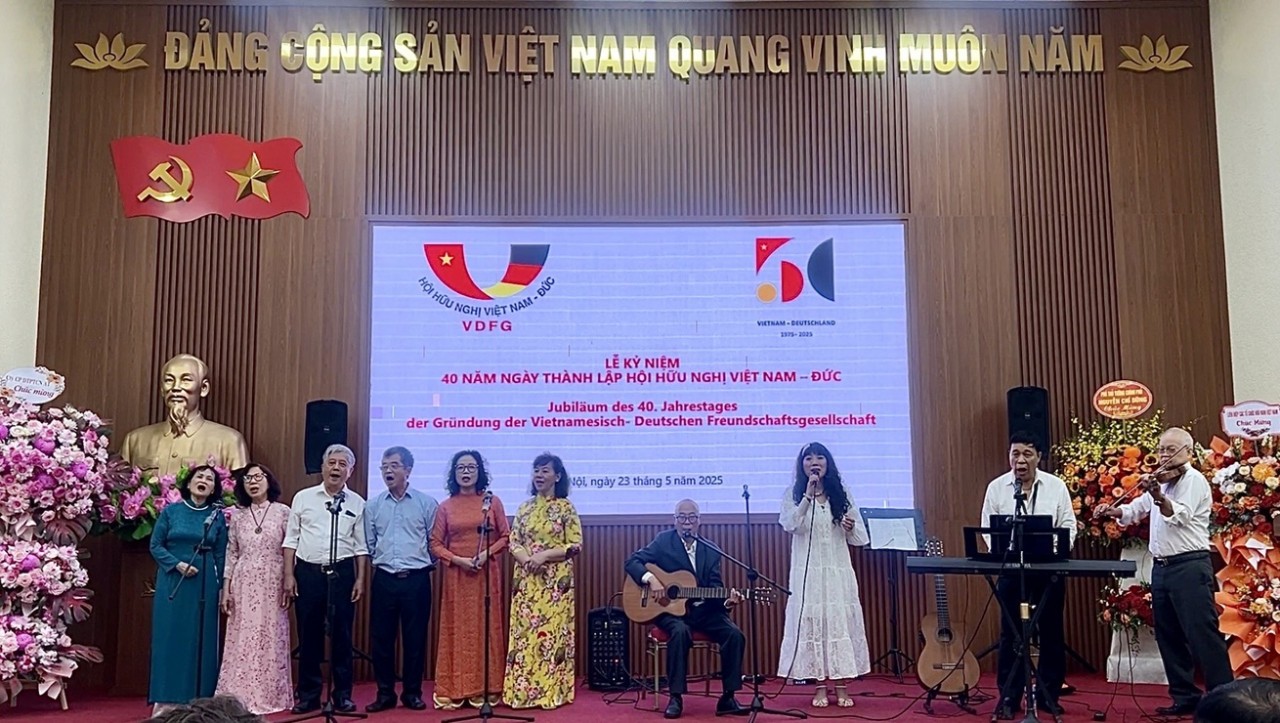 Focus
Focus
Solid Bridge for People-to-people Relations between Vietnam and Germany
 Focus
Focus
35 Years of FES in Vietnam: Fostering Dialogue, Advancing Equity
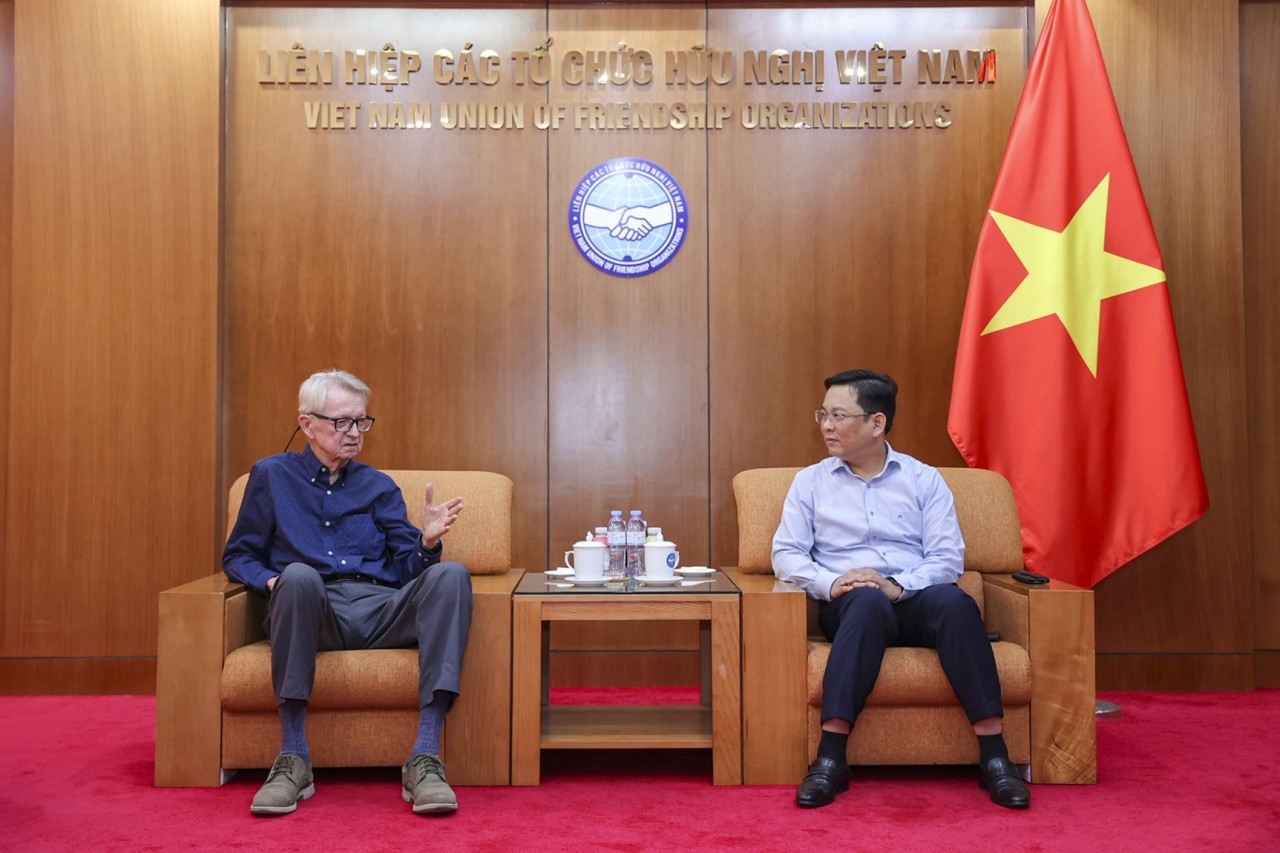 Friendship
Friendship


